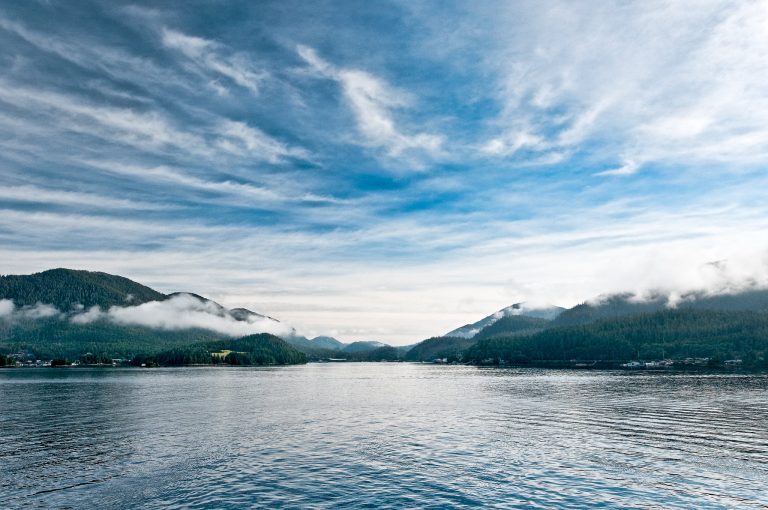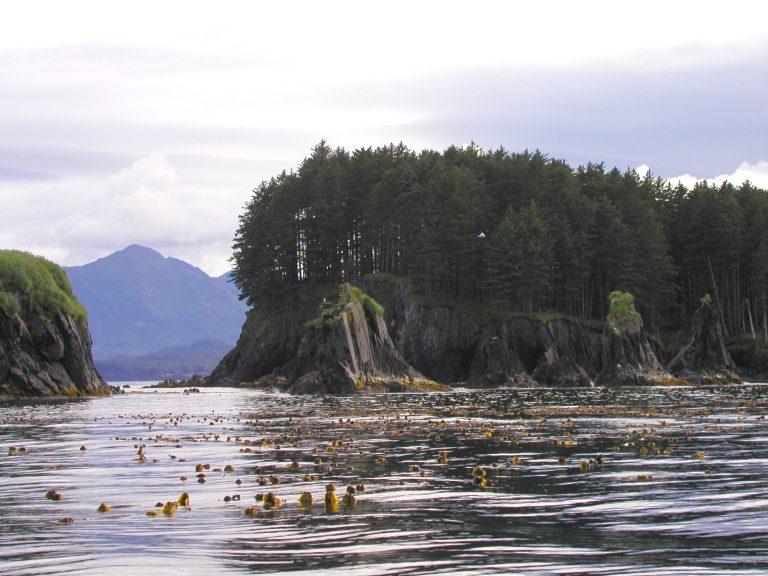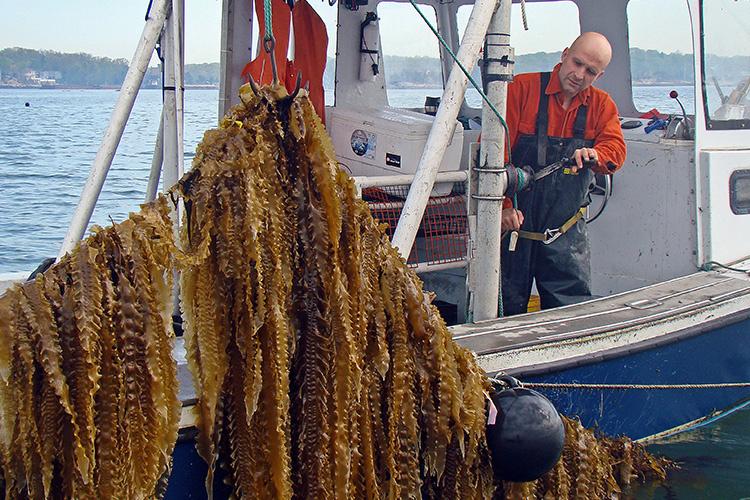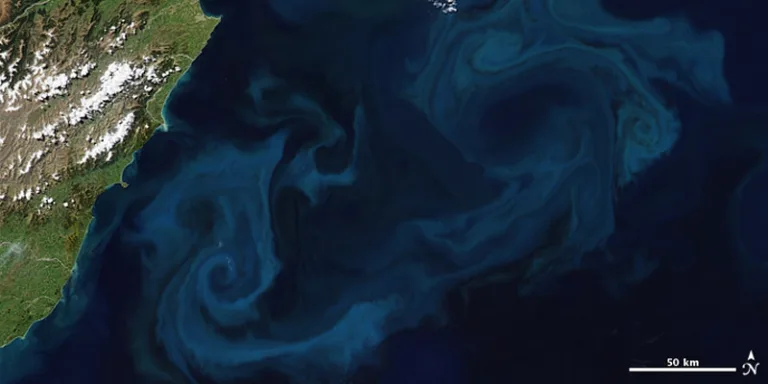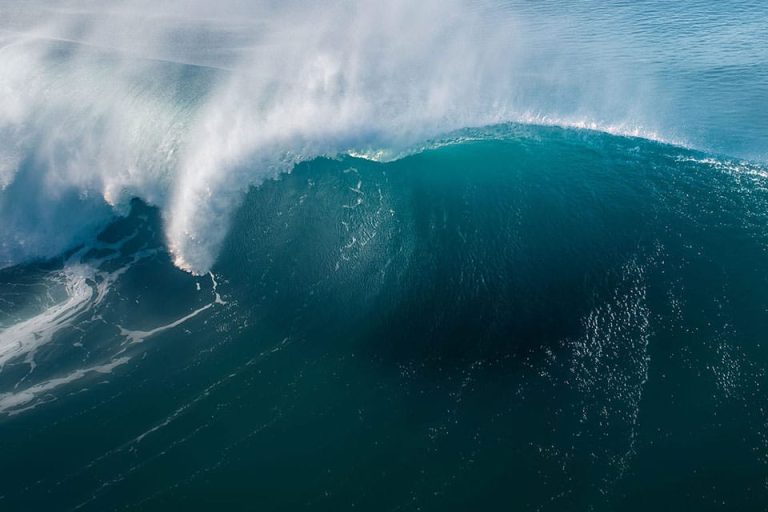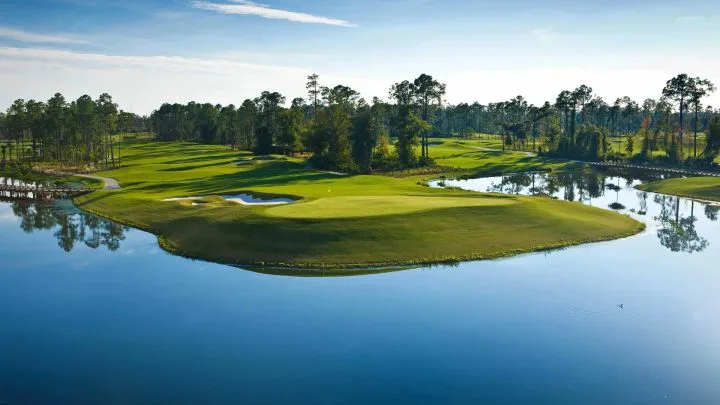Climatological distribution of ocean acidification variables along the North American ocean margins
Climatologies, which depict mean fields of oceanographic variables on a regular geographic grid, and atlases, which provide graphical depictions of specific areas, play pivotal roles in comprehending the societal vulnerabilities linked to ocean acidification (OA). This significance is particularly pronounced in coastal regions where most economic activities, such as commercial and recreational fisheries and aquaculture
